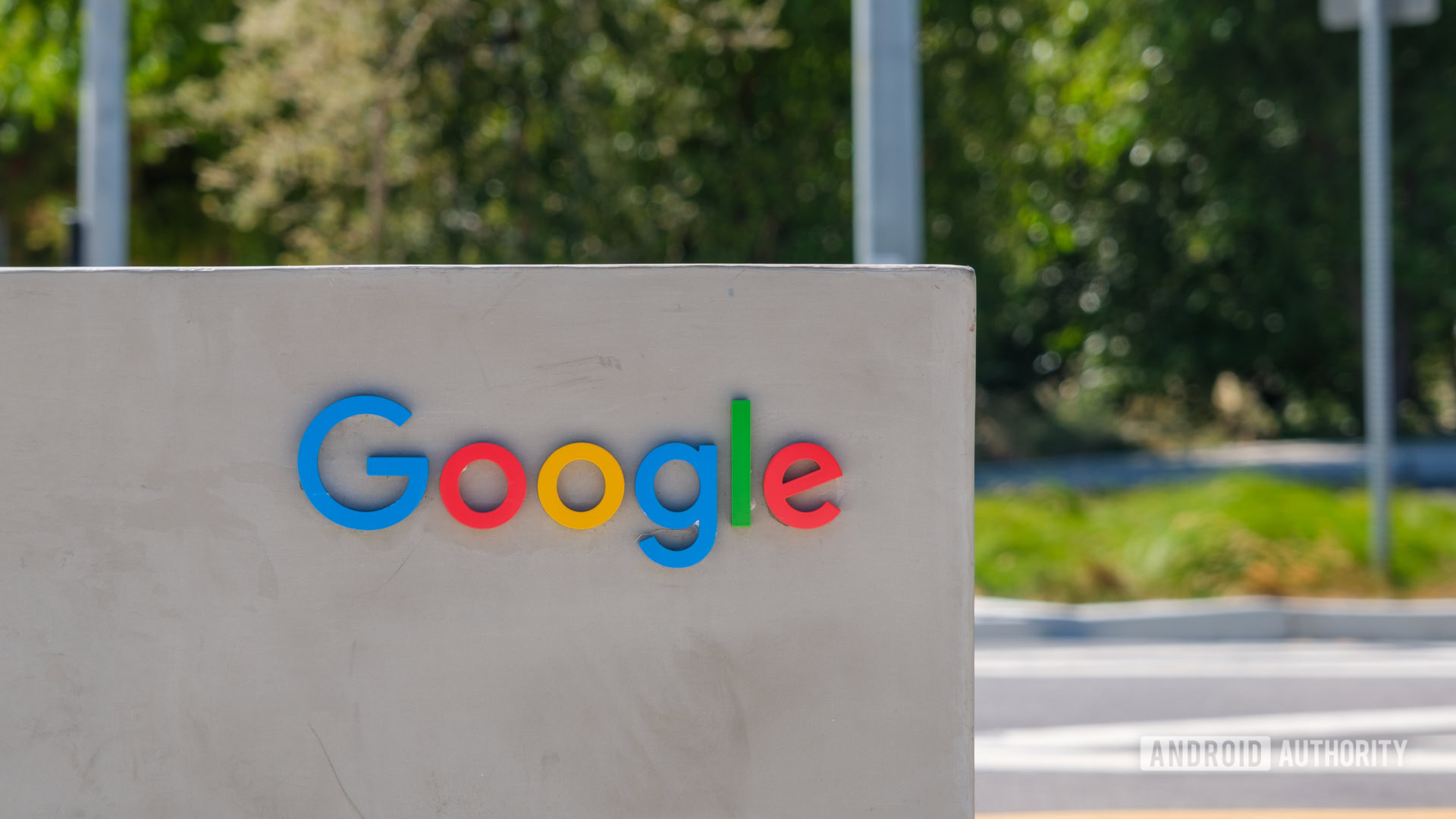Innovative Approaches to Media Training for Executives

In today’s fast-paced and interconnected world, effective media training for executives is crucial for shaping public perception and enhancing organizational reputation. As leaders increasingly face scrutiny from the media and the public, innovative training approaches are necessary to equip them with the skills to communicate effectively under pressure. This guide explores contemporary strategies for media training that can help executives navigate complex media landscapes and emerge as confident, credible spokespersons.
Emphasizing Authenticity and Connection
One of the most innovative approaches to media training is the emphasis on authenticity. Executives are often perceived as distant or disconnected from their audiences, which can lead to skepticism. Training programs now focus on helping leaders connect with their audience on a personal level. This involves teaching executives to share relatable stories and experiences that resonate with their listeners.
If you’re searching for a reliable PR company in Delhi, we have the expertise you need. Reach out to us at Twenty7 Inc!
Techniques for Authentic Communication
-
Storytelling Workshops: Incorporating storytelling into training sessions helps executives learn how to convey their messages in a relatable manner. By sharing personal anecdotes or case studies, they can illustrate key points while building rapport with their audience.
-
Empathy Training: Understanding audience perspectives is vital. Training that includes empathy exercises can help executives recognize and address the concerns of their stakeholders, making their communication more impactful.
Leveraging Advanced Technology
The integration of technology into media training has transformed traditional approaches. Virtual reality (VR) simulations and online platforms allow executives to practice in realistic environments without the pressure of a live audience.
Virtual Reality Simulations
-
Realistic Scenarios: VR technology can simulate high-stakes interviews or press conferences, providing a safe space for executives to practice handling tough questions and unexpected scenarios. This immersive experience enhances their ability to think on their feet.
-
Feedback Mechanisms: After VR sessions, participants can receive immediate feedback on their performance, including body language, tone, and message clarity. This real-time evaluation fosters continuous improvement.
Are you seeking a trusted PR company in Bangalore to manage your communications? Reach out to Twenty7 Inc today!
Focus on Non-Verbal Communication
Innovative media training now places significant emphasis on non-verbal communication skills. Executives must understand that body language, facial expressions, and vocal tone play a crucial role in how their messages are received.
Body Language Workshops
-
Power Posing: Training sessions that incorporate techniques from performance arts teach executives how to use body language effectively. For instance, power posing can help convey confidence and authority during interviews.
-
Vocal Techniques: Executives learn how to modulate their voice for emphasis and clarity, ensuring that they convey passion and conviction in their messages. Techniques such as breathing exercises can also help manage anxiety before public appearances.
Incorporating Realistic Mock Interviews
Mock interviews have long been a staple of media training, but innovative programs are enhancing this practice by incorporating diverse formats and expert feedback.
Expert-Led Panel Mock Interviews
-
Diverse Perspectives: Engaging seasoned journalists and communication experts in mock interviews allows executives to experience varied questioning styles and perspectives. This prepares them for the unpredictability of real media interactions.
-
Constructive Critique: After each mock interview, participants receive detailed feedback from experts who highlight strengths and areas for improvement. This constructive critique helps refine messaging strategies and boosts confidence.
Are you looking for a leading PR agency in Hyderabad to enhance your brand presence? Contact us at Twenty7 Inc!
Continuous Learning and Adaptation
In an ever-evolving media landscape, continuous learning is essential for executives. Innovative media training programs now emphasize ongoing development rather than one-time workshops.
Regular Refresher Courses
-
Adaptive Learning Models: Implementing adaptive learning models allows executives to revisit key concepts periodically. These courses can be tailored based on current events or emerging trends in media communication.
-
Peer Learning Opportunities: Facilitating peer-to-peer learning sessions encourages executives to share experiences and best practices. This collaborative approach fosters a culture of continuous improvement within organizations.
Utilizing Social Media Effectively
With the rise of social media as a primary communication channel, innovative media training now includes strategies for engaging audiences online.
Social Media Training Modules
-
Platform-Specific Strategies: Training programs teach executives how to tailor their messaging for different social media platforms while maintaining consistency across channels. Understanding platform nuances helps leaders engage effectively with diverse audiences.
-
Crisis Communication Preparedness: Executives learn how to respond swiftly and appropriately during crises on social media. Role-playing scenarios involving negative comments or misinformation equips them with the skills needed to manage online reputations proactively.
Are you looking for event management services from a reliable PR firm in Gurgaon? Get in touch with Twenty7 Inc now!
Measuring Success Through KPIs
To ensure the effectiveness of media training programs, organizations are increasingly focusing on key performance indicators (KPIs) that measure executive communication success.
Performance Metrics
-
Media Engagement Analysis: Tracking metrics such as media mentions, sentiment analysis, and audience engagement levels provides insights into how well executives are communicating their messages.
-
Post-Training Assessments: Conducting assessments after training sessions helps gauge improvements in executive confidence, message clarity, and overall performance during media interactions.
Conclusion
Innovative approaches to media training for executives are essential in today’s dynamic environment where effective communication can significantly impact organizational success. By emphasizing authenticity, leveraging advanced technology, focusing on non-verbal communication, incorporating realistic mock interviews, promoting continuous learning, utilizing social media effectively, and measuring success through KPIs, organizations can equip their leaders with the skills necessary to thrive in the public eye.
As businesses navigate an increasingly complex media landscape, investing in comprehensive media training will not only enhance individual executive performance but also strengthen overall brand reputation and stakeholder trust. By adopting these innovative practices, organizations can ensure that their leaders are prepared to communicate confidently and effectively in any situation.
Follow these links as well
https://twenty7inc.in/best-pr-agency-in-gurgaon/
https://twenty7inc.in/pr-agency-in-noida/
https://twenty7inc.in/pr-agency-in-chennai
https://twenty7inc.in/pr-agency-in-kolkata
https://twenty7inc.in/pr-agency-in-pune/
What's Your Reaction?
 Like
0
Like
0
 Dislike
0
Dislike
0
 Love
0
Love
0
 Funny
0
Funny
0
 Angry
0
Angry
0
 Sad
0
Sad
0
 Wow
0
Wow
0




















































